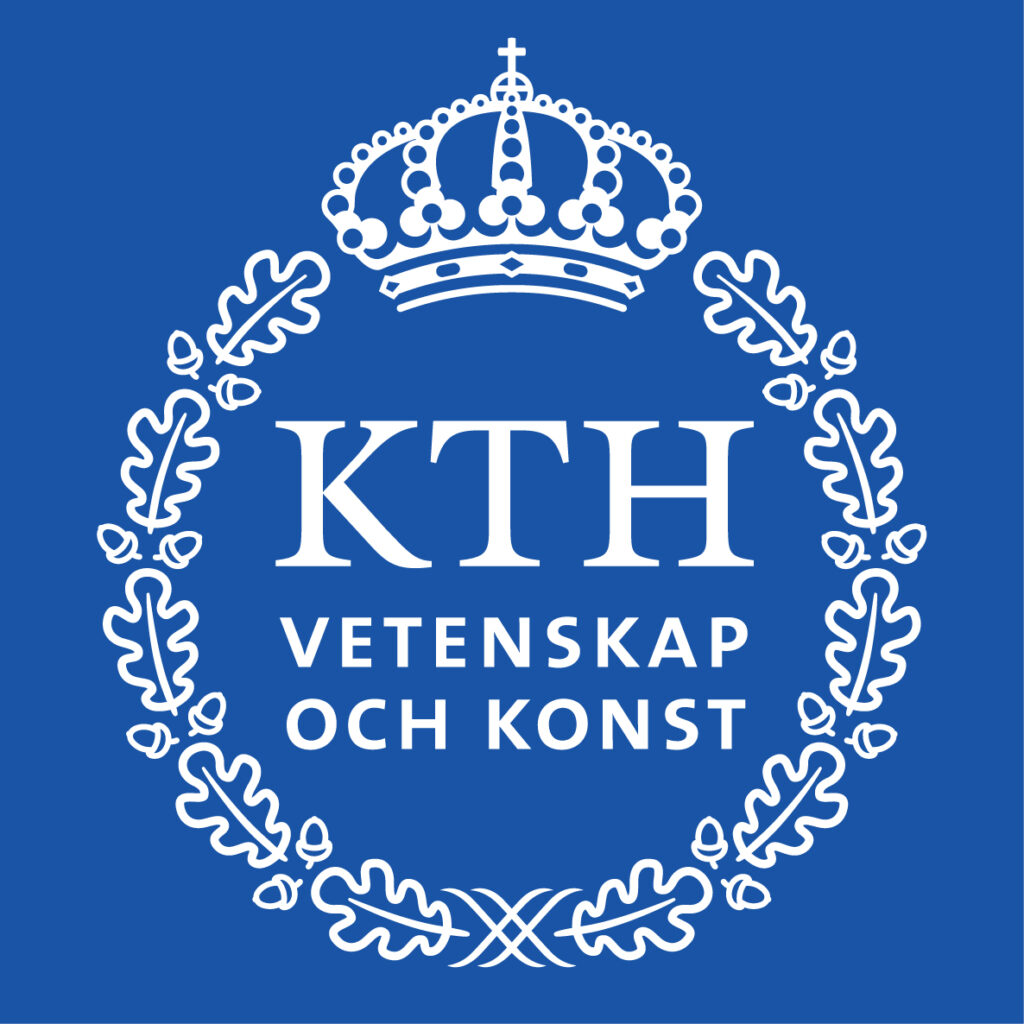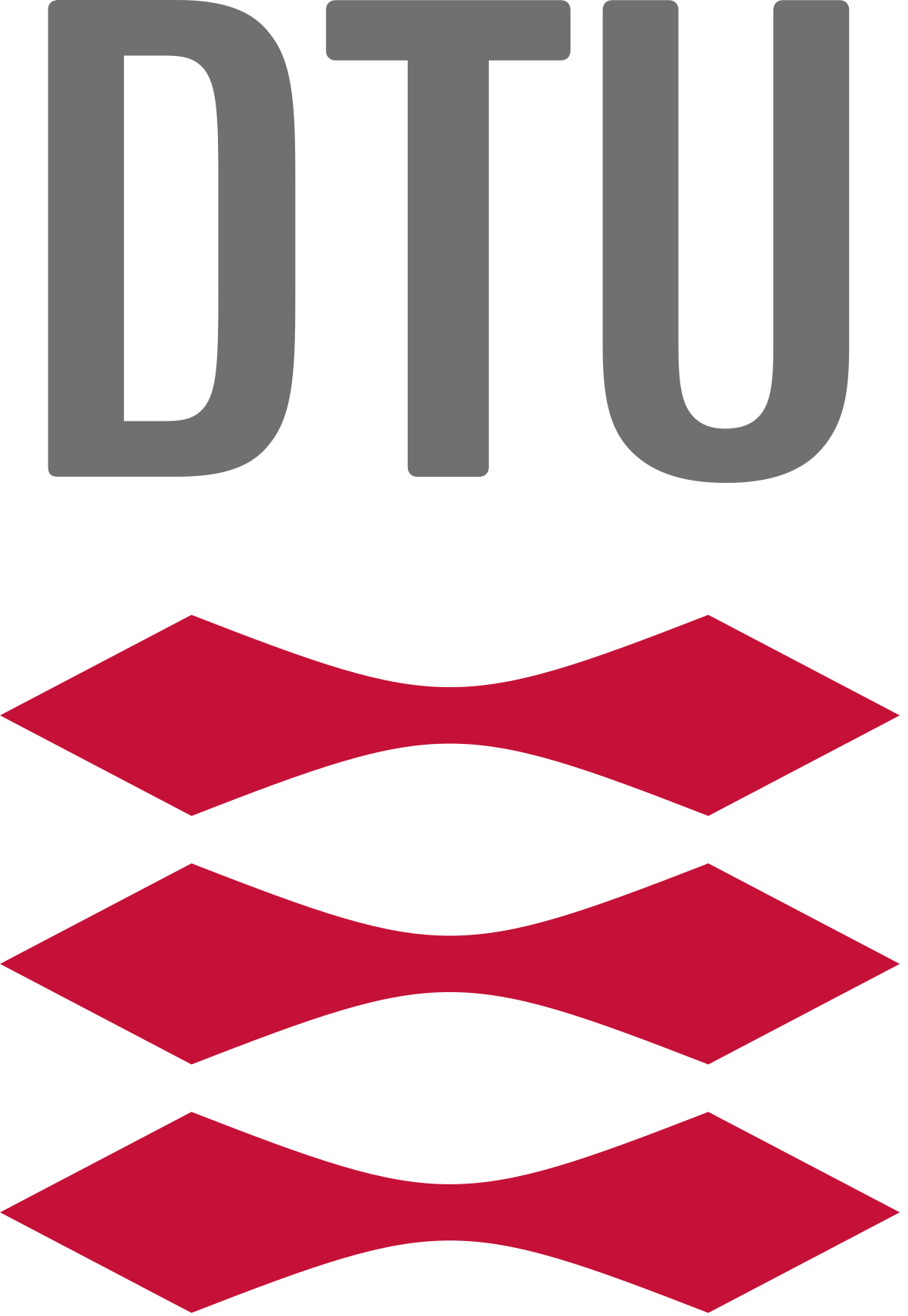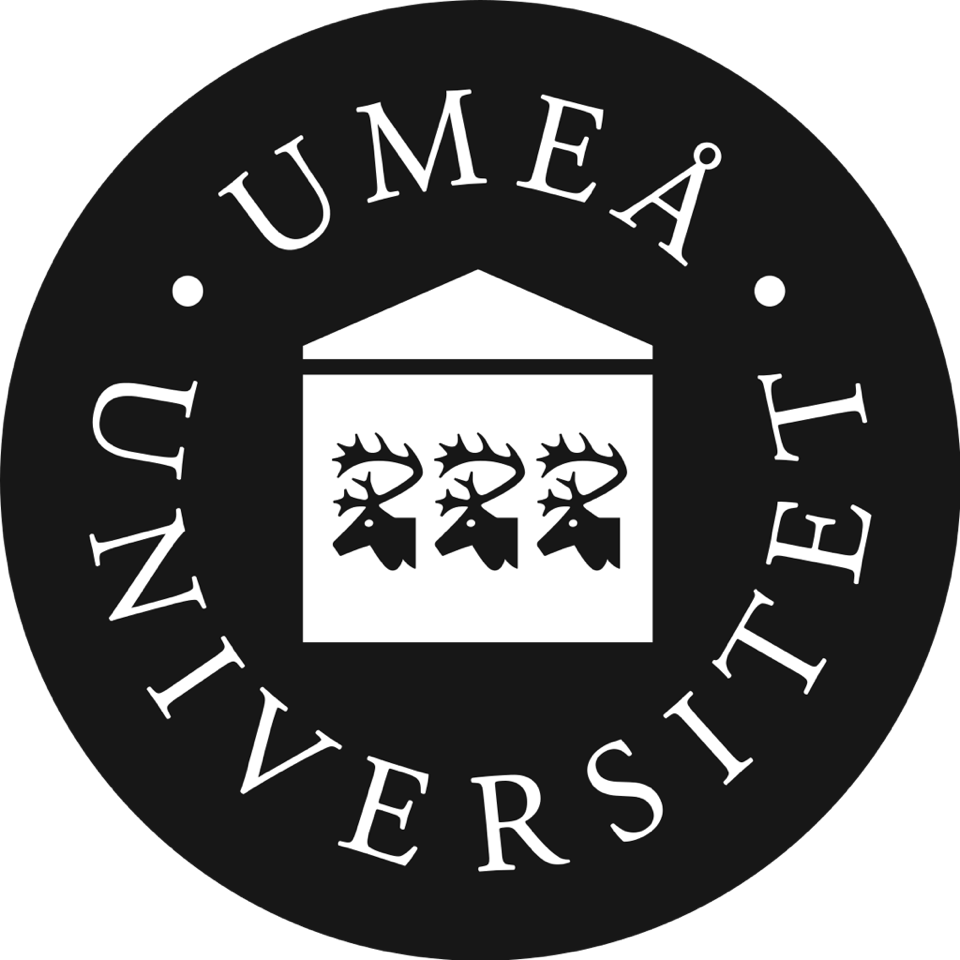CEEC Project Partner Institutions: Who We Are
CEEC partner institutions come from Sweden, Denmark, Germany, Greece, and Spain. We have a variety of expertise spanning mathematics, physics, and software engineering among others.

Kungliga Tekniska Hoegskolan (KTH)
Who we are:
KTH Royal Institute of Technology (KTH), established in 1827, is one of Europe’s top schools for science and engineering, graduating one-third of Sweden’s undergraduate and graduate engineers in the full range of engineering disciplines. Enrolment is about 17,500 students, of WHOM about 1,400 are pursuing PhD studies. In CEEC, KTH is represented by the FLOW Centre and PDC-Center for High Performance Computing.
The FLOW Centre is part of the Department of Engineering Mechanics, and the leading centre for fluid mechanics research in Sweden. A large part of OUR research is computational INCLUDING strong activity dealing with large-scale simulations of turbulent flows, so called direct numerical simulations. To this end, FLOW has been instrumental to acquiring a large dedicated cluster (10000 cores with full-bisectional Infiniband) 2009-2013, which allowed us to perform some of the largest turbulence simulations, both in 3D turbulent boundary layers, but also in 2D (atmospheric) turbulence. The centre comprises about 30 senior researchers within three departments at KTH, plus about 50 active PhD students. FLOW is the main developer of a fully spectral code SIMSON and one of the main contributors to the next-generation spectral element code Neko.
PDC is the lead centre for high-performance computing for the Swedish academic community, funded by the Swedish Research Council through the National Academic Infrastructure for Supercomputing in Sweden (NAISS). PDC operates leading-edge compute resources for national users, including Sweden’s flagship system “Dardel” ‑ a 8.26 PF HPE Cray EX system – as well as resources for specific research groups. PDC has an extensive user support program with parallelization experts working closely with users and application providers alike to optimize their programs for HPC usage. As part of this activity, PDC is the main developer of the next-generation spectral element code Neko.
What we contribute to CEEC:
KTH is the coordinator of CEEC and therefore leads all project management. Beyond this, our two centres act in a variety of technical roles. As an example, KTH also leads the Merchant Ship Hull Lighthouse case as well as work on the code it uses, Neko. Given KTH’s expertise in application development and optimization, it leads the effort on software engineering and deployment in collaboration with other partners. Furthermore, KTH researchers work on adapting algorithms for exascale machines and lead work on fault-resilient algorithms as well as on adaptivity and error control. Additionally, KTH leads work implementing Exascale techniques like uncertainty quantification. Finally, KTH leads the efforts to explore quantum computing as a future technology and manages exploitable intellectual property rights created by CEEC.

Aristotelio Panepistimio Thessalonikis (AUTH)
Who we are:
The Aristotle University of Thessaloniki (AUTH) is the largest university in Greece with over 50000 students and 1600 faculty. It is named after the philosopher Aristotle, who was born in Stageira, about 50 km east of Thessaloniki. Its campus covers 230,000 square meters in the center of Thessaloniki with additional educational and administrative facilities elsewhere. The University has a total of 10 Schools which consist of a total of 41 Departments.
The Laboratory of Applied Thermodynamics (LAT) is part of the Mechanical Engineering Department and was founded in 1974. It specializes in applied and basic research in combustion, characterization & control of automotive exhaust emissions, energy policy, and renewable energy sources. Research is facilitated by both experimental and numerical/modeling techniques. LAT has established collaborations with leading academic and industrial partners and provides R&D services in the field of automobile exhaust emissions and after-treatment technology. LAT has been the coordinator as well as a partner in a number of European projects, including currently the Center of Excellence in Combustion, which develops and exploits Exascale computing technologies to address fundamental challenges encountered in combustion systems.
What we contribute to CEEC:
AUTH is responsible for the Simulation of Atmospheric Boundary Layer Flows Lighthouse Case and leverages its expertise to work on the corresponding NEK5000 and NekRS codes.
Bundesanstalt für Materialforschung und -prüfung (BAM)
Who we are:
The Bundesanstalt für Materialforschung und -prüfung (BAM) is a senior scientific and technical research institute under the German Federal Ministry for Economic Affairs and Climate Action. BAM’s division 7.2 “Buildings and Structures“ will coordinate the envisaged research work for the CEEC project.
BAM’s Division 7.2 “Buildings and Structures“ works on the assessment of the safety and load-bearing behavior of buildings and civil structures using experimental and numerical analytical methods. Thereby, the reliability, durability and safety of the structures and their components down to the ground materials in their foundations are all studied under complex and extreme mechanical conditions, paying attention to their behavior over the short and long-term and their expected service life-time.
The BAM actively supports the German energy transition with research and expertise on the support structures for wind turbines and overhead electricity lines. In this capacity, BAM participates in standardization and regulatory committees in close partnership with the relevant industry, business associations, and research institutions. Ultimately, the BAM provides technical support for the Federal Maritime and Hydrographic Agency (BSH) in the approval process of wind turbines and structures in the German Exclusive Economic Zone (EEZ).
Over the past 20 years, BAM 7.2 has participated in projects relating to foundations, monitoring, and risk analysis of offshore wind turbines, developing a.o. geomechanical numerical models and performing large campaigns of physical field tests. Current research projects involve micromechanical numerical approaches with grain-resolved fluid models to address the onset and evolution of erosive phenomena in earthwork structures and offshore foundations.
What we contribute to CEEC:
BAM is the provider of the Localised Erosion of an Offshore Wind Turbine Foundation Lighthouse Case and therefore also works on its associated code, waLBerla.

Barcelona Supercomputing Center – Centro Nacional de Supercomputacion (BSC)
Who we are:
The Barcelona Supercomputing Center (BSC) was established in 2005 and serves as the Spanish national supercomputing facility. The centre hosts MareNostrum, one of the most powerful supercomputers in Europe, and its mission is to research, develop, and manage information technologies in order to facilitate scientific progress. BSC is recognised as a first-class research centre in supercomputing and in scientific fields that demand it, such as Life and Earth Sciences and Engineering. BSC has over 800 staff from 55 countries engaged in multidisciplinary scientific collaboration and innovation.
BSC is a member of the EuroHPC Joint Undertaking, the European Processor Initiative consortium, a hosting member of the PRACE distributed supercomputing infrastructure, and coordinates the Spanish National Supercomputing Network (RES). It also is an active participant in HiPEAC, the ETP4HPC, and other international and standardization forums such as the OpenMP ARB. The centre develops technologies for Exascale within several projects and has also established joint research centers on Exascale with Intel and IBM.
BSC has collaborated with industry since its creation, and has participated in projects with companies such as ARM, Bull, Fujitsu, Airbus as well as numerous SMEs. BSC has also established joint research centres with NVIDIA and Spanish oil company Repsol. The centre has participated in over a hundred EC Framework Programme research projects.
What we contribute to CEEC:
High fidelity aeroelastic simulation of the SFB 401 wing in flight conditions and the ALYA code. With CFD practitioners and application expertise BSC strongly contributes to the integration of the project codes and LHCs with fault-tolerance frameworks. Based on the strong computer science background it leads the work on workflows, and for this it contributes the PyCOMPSs workflows environment to the project. BSC also contributes to activities on software deployment, load balancing and leads the work on future exascale architectures and future technologies.

Danmarks Tekniske Universitet (DTU)
Who we are
DTU develops technology for people. With our international elite research and study programmes, we are helping to create a better world and to solve the global challenges formulated in the UN’s 17 Sustainable Development Goals. Hans Christian Ørsted founded DTU in 1829 with a clear mission to develop and create value using science and engineering to benefit society. That mission lives on today. DTU has 13,500 students and 6,000 employees. We work in an international atmosphere and have an inclusive, evolving, and informal working environment. DTU has campuses in all parts of Denmark and in Greenland, and we collaborate with the best universities around the world.
The TopOpt group at DTU Civil and Mechanical Engineering is world leading within development and applications of density based topology optimization methods. TopOpt is an acronym for Topology Optimization and the group is a joined research effort between the departments of DTU Civil and Mechanical Engineering and DTU Compute with the aim of promoting theoretical extensions and practical applications of the topology optimization method. The group is involved in a number of multidisciplinary research projects sponsored by national and international sources.
What we contribute to CEEC:
DTU supports the lighthouse case Topology optimization of static mixers and with its expertise in numerical methods leads the work on scalable optimization algorithms. This work is a crucial component of solving exascale topology optimization problems. Additionally, DTU will provide the project with expertise on ultra-large scale structural optimization methods.

Friedrich-Alexander-Universitaet Erlangen (FAU)
Who We Are:
Established on 4 November 1743 by Margrave Friedrich von Brandenburg-Bayreuth and expanded from 1769 by Margrave Alexander von Brandenburg-Ansbach and Brandenburg-Bayreuth, Friedrich-Alexander-Universität was transferred to the state of Bavaria in 1810. It has been housed in the former margraviate residence in Erlangen since 1818.
Today, approximately 38,000 students are enrolled at our FAU campuses in Erlangen, Nuremberg and Fürth. We promote an academic culture of remembrance reflecting the university’s responsibility for its actions in research, teaching and administration. When considering the history of our University, we take a self-critical stance towards our institutionalized academic culture and live up to society’s requirements for transparency.
The Faculty of Engineering is divided into six departments: Artificial Intelligence in Biomedical Engineering, Chemical and Biological Engineering, Electrical Engineering, Computer Science, Mechanical Engineering and Materials Science and Engineering. From the Computer Science Department the chair of System Simulation (FAU-LSS) and from the Department of Chemical and Biological Engineering the Institute of Fluid Mechanics (FAU-LSTM) are contributing to CEEC.
What we contribute to CEEC: LSS
FAU-LSS is involved in multiple roles in this project. It is the provider of the waLBerla code that is used for the lighthouse case Localised Erosion of an Offshore Wind Turbine Foundation. With its strong expertise in software and performance engineering, it also leads the Software and performance engineering efforts in CEEC. With its strong expertise in mathematical and numerical methods, FAU-LSS also makes important contributions to work on Exascale algorithms.
What we contribute to CEEC: LSTM
FAU-LSTM will work on the lighthouse cases Topology Optimisation of Static Mixers and Merchant Ship Hull and support the efforts related to integration with fault-tolerance frameworks and work on fault-tolerant algorithms. FAU-LSTM will also work on adaptivity and error control and scalable optimization algorithms. Furthermore, FAU-LSTM will have a leading role in developing machine learning-based sub-models and uncertainty quantification.

Umea Universitet (UMU)
Who we are:
Umeå University was founded in 1965 and is Sweden’s fifth oldest university. Today, it has a strong international and multicultural presence with students, teachers and researchers from all over the world (approx. 37,000 students and 4,500 employees). The aim of the university is to continue becoming one of Scandinavia’s best environments for study and research and meet the challenges of an ever-increasing global society. Umeå University is one of Sweden’s most comprehensive universities within all areas of scientific research. This research takes place on a broad scale in order to compete in the international arena. The Department of Computing Science has more than 150 employees with a background from more than 20 countries. We conduct research within a wide spectrum of research areas; there are internationally renowned research groups in e.g. high-performance computing, numerical methods, social and ethical AI, robotics, and distributed systems. Research groups at the department are currently participating in six Horizon Europe projects.
What we contribute to CEEC:
UMU has several roles in the CEEC center. It brings in the lighthouse case Topology Optimization of Static Mixers. With its strong background in numerical methods, in particular for CFD, and accuracy-ensuring strategies, UMU leads the work in Exascale algorithms. UMU contributes especially to the efforts on scalable methods and mixed-precision algorithms.
University of Stuttgart – High-Performance Computing Center (USTUTT-HLRS)
Who we are:
The High-Performance Computing Center Stuttgart (HLRS) was established in 1996 as the first German national high-performance computing center. As a research institution affiliated with the University of Stuttgart and a founding member of the Gauss Centre for Supercomputing, HLRS provides computing resources for academic users and industry. HLRS operates state of the art high-performance computing systems and provides advanced training in HPC programming and simulation. The center also conducts research to address key problems facing the future of supercomputing. Among HLRS’s areas of expertise are parallel programming, numerical methods for HPC, visualization, cloud computing, high-performance data analytics, and artificial intelligence. Users of HLRS computing systems are active across a wide range of disciplines, with an emphasis on computational engineering and applied science.
What we contribute to CEEC:
USTUTT-HLRS acts in two roles. With its expertise in visualization and data management it leads the corresponding CEEC efforts in exascale techniques associated withvisualisation and data management. Furthermore, USTUTT brings in communication experts and therefore leads the efforts in communication, dissemination and exploitation.
Institut für Aerodynamik und Gasdynamik Universität Stuttgart (USTUTT-IAG)
Who we are
With about 70 employees, the Institute of Aerodynamics and Gas Dynamics at the University of Stuttgart deals with research on fluid mechanics mainly associated with air vehicles and wind turbines. For this purpose, the institute operates various experimental test facilities and applies numerical simulation methods, some of which are developed in-house. On of the in-house developments is the high-order code FLEXI which is developed and maintained in the Numerics Research Group (NRG) of Prof. Beck.
The research focus of Prof. Becks’s research group is the development of high-precision numerical methods, their implementation and optimization for supercomputers as well as their application to interesting questions from research and industry. The Numerics Research Group works interdisciplinarily on the conception and further development of simulation tools and combines competences from numerical mathematics, engineering sciences and high performance computing as well as software development. The focus is currently on the further development of high-order methods, especially discontinuous Galerkin methods, with applications in fluid mechanics, aeroacoustics, plasma physics and multiphase flows.
What we contribute to CEEC:
USTUTT-IAG has the primary role of providing the lighthouse case Shock – Boundary layer interaction and buffet on wings at the edge of the flight envelope and bringing in the FLEXI code. Given USTUT-IAG’s expertise it will lead the work on Exascale light-house cases, which is at the core of this project. With this background, USTUT-IAG will also play an important role in work on software and performance engineering. Furthermore, USTUT-IAG contributes to the work on exascale algorithms and, finally, leads the work on developing and integrating machine learning -based submodels.
